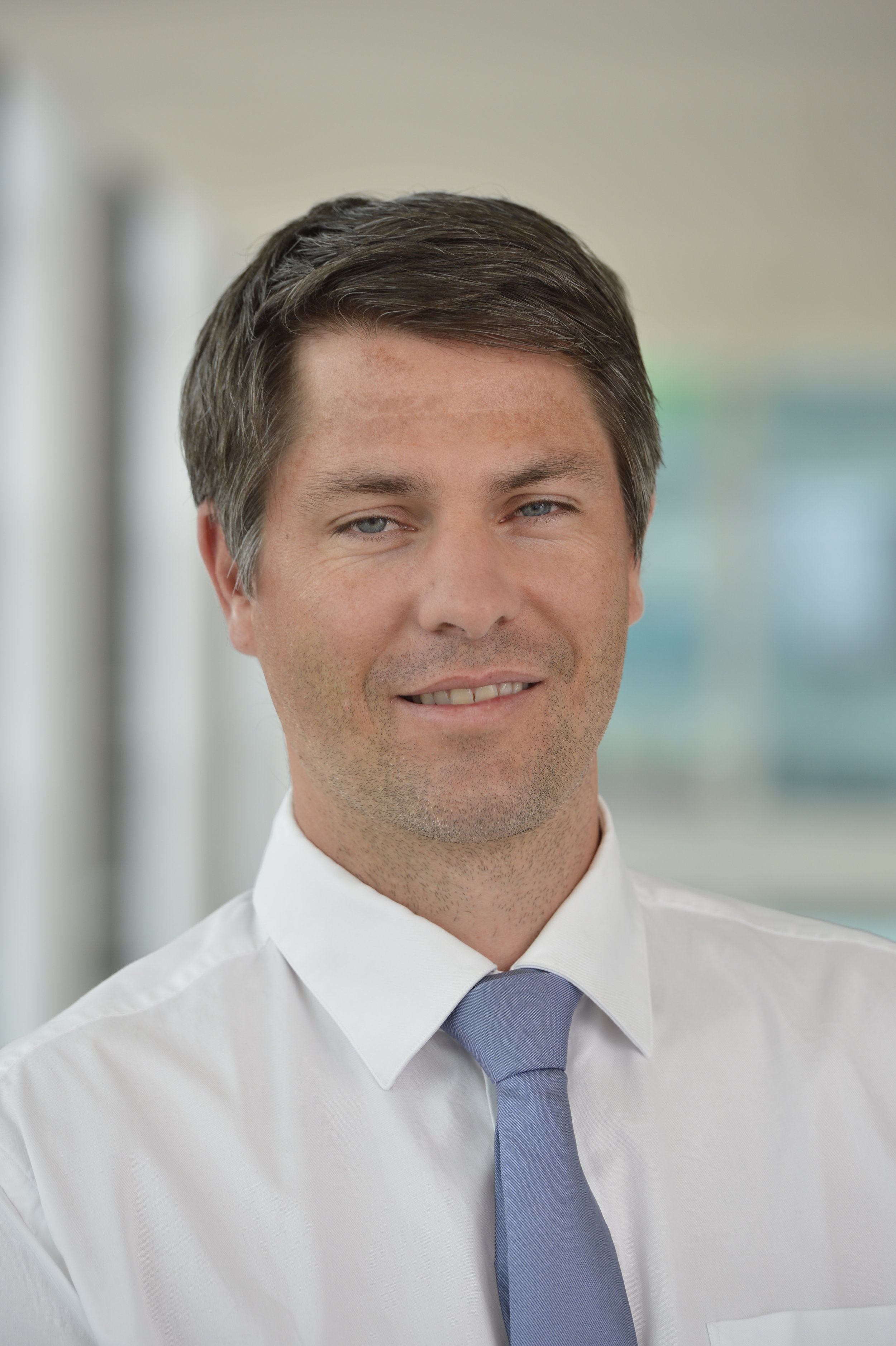Although the current satisfaction rate of 90% is very high, research is constantly striving to improve the quality through revolutionary technology and new experience. Especially advanced, minimally invasive surgical methods in the areas of shoulder, hip and knee joint have many advantages for the patients.
Public lecture: 22 May 2018 (18:00 19:00) Bethanien Private Clinic
Our affiliated physicians Dr. med. Matthias Schmied, Dr. med. Philipp Frey and Dr. med. Stephan Plaschy, extremely experienced specialists in orthopaedic surgery and traumatology of the musculoskeletal system, offer an overview of the latest generation of artificial joints in this lecture. Their practice "Arthrosis Clinic Zurich and Sport Permanence" is located in the premises of the Privatklinik Bethanien.





